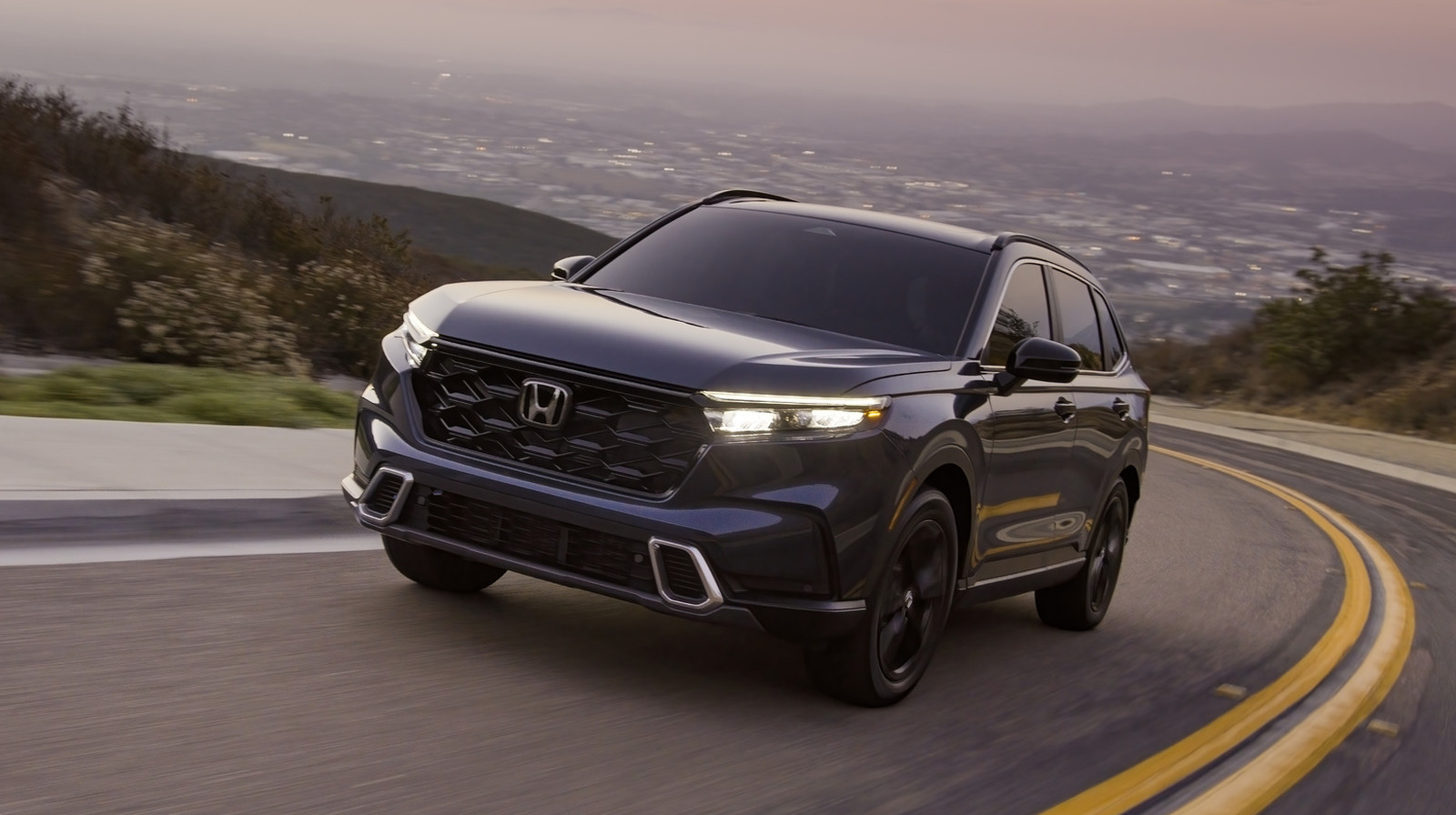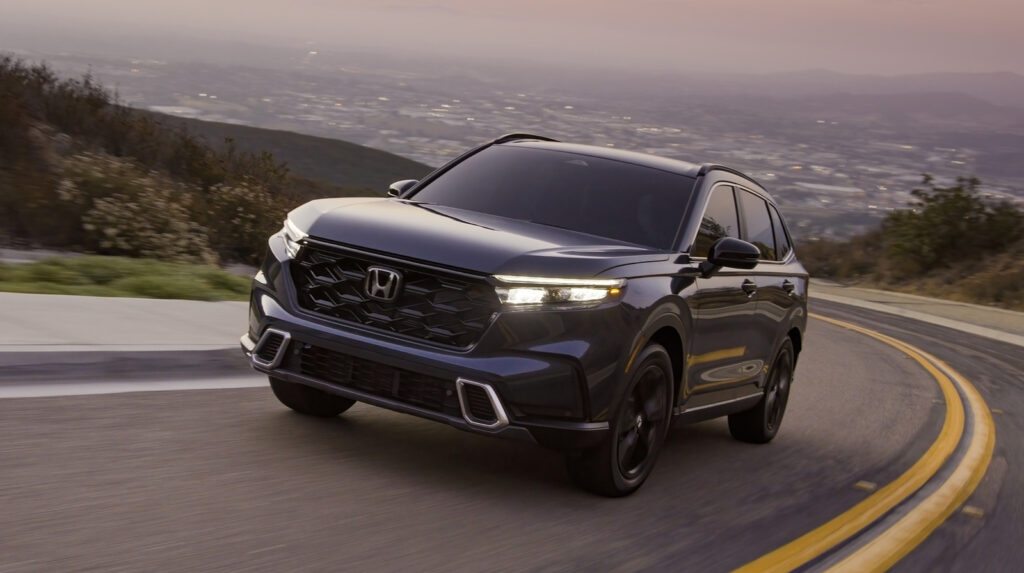
Honda introduced the hybrid version of its bestselling CR-V crossover in 2020, but it immediately drew flack for its less-than-stellar fuel economy rating. You would think hybrids would fare better at the pumps than their gas-only counterparts, but it’s not that simple with the CR-V Hybrid, a crossover that received a 9/10 rating in Chris Davies’s SlashGear review.
Advertisement
Edmunds took the 2020 Honda CR-V Hybrid on a standardized 115-mile mixed-driving evaluation route, and the results were disappointing. According to the publication, the vehicle “struggled to clear 32 mpg, even with a light foot,” despite issuing high praises for the CR-V Hybrid’s powertrain. “The transition from the electric motor to the gas engine is seamless and rivals that of systems typically found on luxury cars costing twice as much,” said Edmunds.
Buttery-smooth powertrains (whether gas or hybrid) are Honda trademarks. However, the CR-V Hybrid’s middling fuel economy is concerning, especially considering the hybrid costs $4,000 to $5,000 more than a standard gas-only 2025 CR-V. The new CR-V Hybrid is EPA-rated at 40 mpg in the city and 34 mpg for highway driving, and 37 mpg combined, but why is the internet blooming with customer complaints about the CR-V Hybrid’s real-world gas mileage?
Advertisement
Factors that affect hybrid fuel economy
Hybrids are more fuel efficient when driven mainly around the city, and the official EPA numbers prove that. With the CR-V Hybrid’s 40/34 city/highway mpg, drivers will reap maximum benefits if they drive primarily around town. Edmunds has confirmed this fact, saying, “The underpowered gasoline engine has to work too hard to keep up with traffic, and the boost from the electric motor simply isn’t enough at speeds more than 45 mph” in its real-world testing of a 2020 Honda CR-V Hybrid.
Advertisement
Moreover, the weather has much to do with your CR-V Hybrid’s real-world fuel economy. Hybrids are more economical to operate in warmer weather than in icy cold, wintery climates. In addition, winter driving means using more accessories that consume power, like fog lights, auxiliary lights, and windshield wipers, and those will take a toll on how the hybrid system operates.
But ultimately, your driving habits matter the most. Taking it easy with the gas pedal when accelerating enables the hybrid system to operate in full EV mode, negating the need to consume fuel. Meanwhile, early and gentle braking has the same effect, and utilizing the vehicle’s cruise control to maintain a consistent speed on the highway will significantly improve your CR-V Hybrid’s fuel economy. Lastly, timely maintenance plays a vital role. It’s critical to keep up with periodic oil changes, keep the wheels and tires adequately aligned, and inspect the tire pressure regularly to prevent your hybrid from becoming a gas-guzzler.
Advertisement


